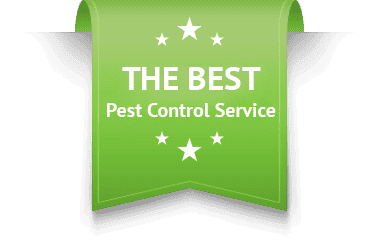
Prevention and Treatment
Termites may be small in size, but they can cause significant damage to your home and property. Often referred to as “silent destroyers,” termites can go undetected for years while wreaking havoc on the structural integrity of your house.
In this blog post, we’ll uncover the hidden dangers of termites, explore prevention strategies, and discuss effective treatment options to protect your most valuable asset.
The Threat of Structural Damage
Termites feed on cellulose-based materials like wood, including the structural components of your home. Learn about the signs of termite infestation, such as mud tubes, discarded wings, or hollow-sounding wood, and understand the potential risks of untreated termite damage.
Increased Allergen Exposure
Termite infestations can release particles and debris into the air, leading to increased allergen exposure. Discover how termite droppings and shed wings can contribute to respiratory issues, especially in individuals with pre-existing allergies or asthma.
Compromised Safety
As termites damage wooden structures, they can compromise the stability and safety of your home. We’ll discuss the potential dangers of weakened foundations, sagging floors, and weakened support beams, emphasizing the importance of early detection and treatment.
Financial Implications
The cost of termite damage repair can be substantial, potentially reaching thousands of dollars. Explore how termite infestations can impact property value, insurance coverage, and the financial burden homeowners may face if termite damage is neglected.
Prevention Strategies
Regular Inspections
Schedule regular termite inspections by professionals to identify signs of infestation or conditions conducive to termite activity.
Moisture Control
Address any moisture issues in and around your home, as termites are attracted to damp environments. Fix leaks, ensure proper drainage, and consider using dehumidifiers in moisture-prone areas.
Wood-to-Ground Contact
Minimize direct contact between soil and wooden structures, such as porches or deck posts, by using concrete bases or metal barriers.
Proper Ventilation
Ensure adequate ventilation in crawl spaces and attics to reduce moisture buildup, which can attract termites.
Treatment Options
Liquid Termiticides
Professional pest control companies can apply liquid termiticides to create a protective barrier around your home, preventing termite infestations.
Termite Bait Systems
Bait systems can be installed around the perimeter of your property to monitor and control termite activity. These systems are designed to eliminate termite colonies.
Wood Treatments
If termites are detected in wooden structures, localized wood treatments can be applied to eliminate the infestation and protect against future termite attacks.
Professional Assistance
It is highly recommended to consult with a licensed pest control professional experienced in termite treatment. They can assess the severity of the infestation, recommend the most appropriate treatment approach, and provide ongoing monitoring.
Awareness, prevention, and early intervention are crucial in dealing with the hidden dangers of termites. By understanding the risks associated with termite infestations, implementing preventive measures, and seeking professional treatment when necessary, you can safeguard your home and protect it from the devastating effects of termite damage. Remember, proactive termite management is key to maintaining the structural integrity, safety, and value of your property.
Don’t let termites undermine your home’s security – take action today!

